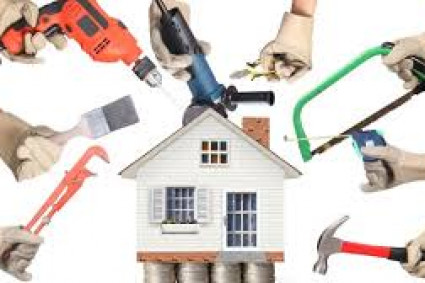
What is mold?
Fungi that develop multicellular strands known as hyphae are referred to as mold. A mycelium is a vast colony of mold that is only visible to the naked eye when it grows on dead organic debris. A mycelium, in contrast to ant or termite colonies, is composed of a single organism. In place of this, it is a network of hyphae, all belonging to the same organism.
What is the process by which mold develops?
Tiny spores are used by mold to reproduce. However, these spores are more minor than pollen grains or seeds, and can therefore be likened to plant roots. They are easily dispersed by wind and water because of their small size. By latching on to clothing or fur, they can travel for long periods. Mold spores can survive in settings where typical mold growth is not possible. They will only begin to grow when they land in an environment that provides them with adequate water, food, temperature, and air. Unlike plants, molds (and all fungus) use organic matter as an energy source, employing photosynthesis. For mold to thrive, it has to be able to consume resources. Digestive enzymes break down these complex compounds into simpler ones that can be absorbed more easily. This procedure gives the mold with the necessary 'food.'
Mold can be a severe problem in homes, workplaces, and other places where people spend a lot of time, even if it is naturally present in the environment. People who spend time in the workplace are at risk because mold can cause or worsen acute and chronic health disorders, affecting everyone from employees to customers and suppliers. Mold may grow on nearly any surface, as long as it has access to water, nutrients, and a temperature range in which it thrives. Therefore, it is logical to assume that removing excess water or moisture will impede or prevent mold growth.
Mold growth can be prevented in industrial and commercial properties by eliminating all excess water and moisture.
- A few more pointers for your industrial and commercial property.
- Locate and remove any spots of mold growth on the building's finishes, furnishings, and other components. Mold testing and remediation experts should be contacted promptly so that you can learn more about what you're dealing with as well as possible clean-up methods.
- Identify any existing dampness, condensation, or other moisture, and fix the source of the problem as soon as possible so that it does not recur.
- As soon as possible, fix any leaks in the plumbing and any damage that they may have caused.
- To avoid window condensation, the relative humidity (RH) should never get beyond 45 percent in the winter.
- If you have a stove or dryer, ensure the exhaust is vented to the outside by the applicable and controlling building requirements.
- Maintain the adequate ventilation of bathrooms and kitchens by applicable building requirements.
- Consider remedial measures, such as boosting ventilation, correcting leaks, or operating a dehumidifier, to lower indoor moisture levels (depending on your objective).
- As soon as possible, investigate and rectify any claims of musty or moldy odours.
- To prevent water from getting into the building, make sure that all of the doors and windows are properly sealed.
- Make sure the back fill slopes away from the business or industrial property's foundation.
- Maintain the HVAC system and its primary components on a regular preventive maintenance plan, including for building inspections and maintenance.
In the San Francisco Bay Area, Mold Pros is a trusted source for mold testing. If you feel that your industrial and commercial space is infested with mold, please call us right once.



